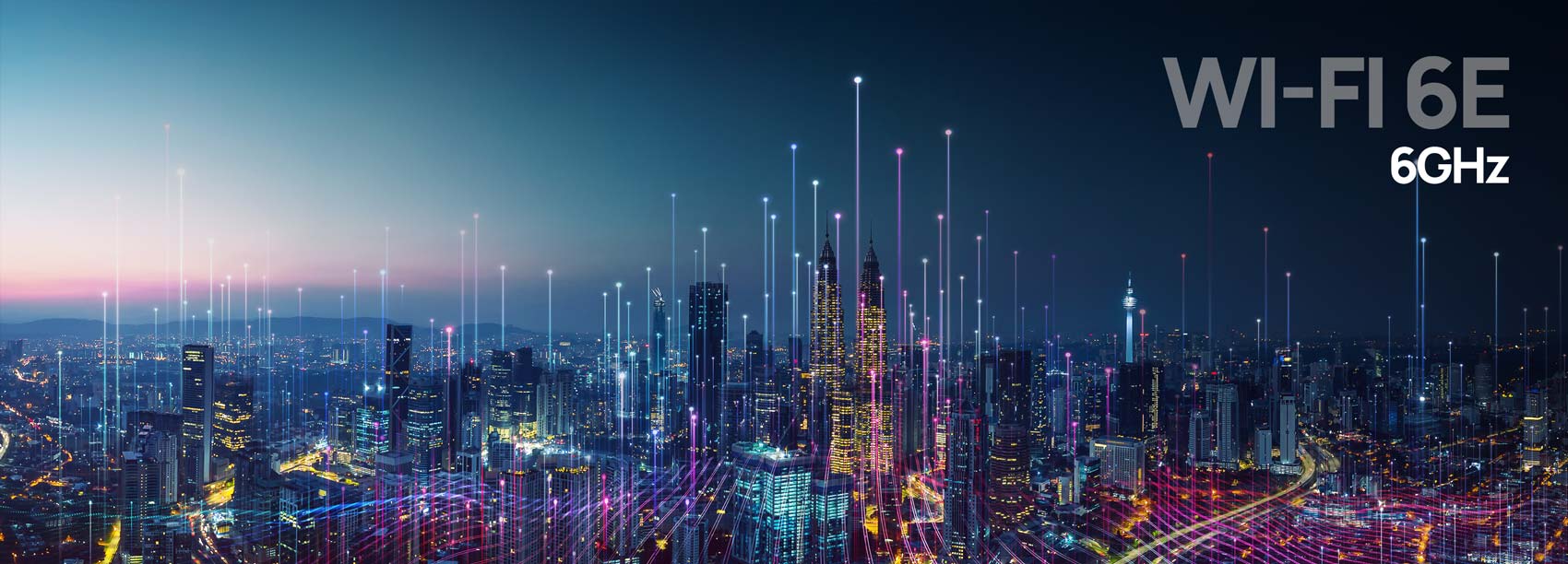With virtually equal connection speeds, 5G and Wi-Fi 6 will complement each other even more efficiently to build a far better-connected future.
In recent years, the FCC has worked hard to pave the way for mobile 5G and Wi-Fi 6 to move telecommunications technology forward in unprecedented ways.
The growth of Wi-Fi 6 over the past two years has increased the number of connected devices with faster speeds and reliable connection. While industry hasn’t even begun to tap the potential of dual band frequencies, the FCC has released even more unlicensed bandwidth.
Likewise, major mobile carriers are phasing out 3G next year in a bid to expand their 4G and 5G networks, providing more efficiency and higher data rates while driving innovations in telemedicine, autonomous vehicles, IoT, virtual reality, and smart cities.
However, mobile carriers will still need to rely on Wi-Fi for offloading to reduce network congestion. They have even created their own Wi-Fi hotspots in select areas where consumer devices can connect as needed. ISPs are facing a bit of competition from Verizon and Google as both companies now offer their customers Wi-Fi.
So, while Wi-Fi users rely on cellular when they are on the go, cellular users depend on Wi-Fi to take over when their data-heavy applications demand it. To move this partnership into the 21st Century, the FCC is doing all it can to facilitate the next generation of cellular and Wi-Fi technology.
What the FCC is doing for 5G
Since 2018, the FCC has auctioned off the first of its 5G spectrum in the 24, 28, 37, 39, and 47 GHz bands—which provides nearly 5 GHz of new spectrum into the market. That’s more than all other flexible use bands combined. The FCC also plans to free up more room in the 26 and 42 GHz bands and make the 70/80/90 GHz bands run more efficiently.
Furthermore, it will make an additional 600 MHz available in the mid-band spectrum and broader coverage in the low-band spectrum for 5G with targeted changes to the 600, 800, and 900 MHz bands.
5G will be the ground floor for an even more pervasive smart city deployment filled with an even faster-growing number of IoT and edge devices.
What the FCC is doing for Wi-Fi
Back in April 2020, the FCC opened up the 6 GHz spectrum with its massive 160 MHz channels, capacity for billions of devices, energy-saving features, high data rates with 1024-QAM, faster beamforming signals, and the relatively new OFDMA feature to relieve network congestion.
These new 6 GHz channels that compose the Wi-Fi 6E real estate are free of interference and overlap, reducing congestion and improving performance for the growing number of users and devices in heavily populated areas.

Reaching Unreached Communities
The FCC’s number one priority right now is expanding broadband connectivity everywhere—especially for marginalized, rural, and underserved areas. In 2019, the agency established a task force to promote internet service on unserved agricultural land in hopes of achieving 95 percent capability by 2025.
In October 2020, the FCC established the “5G Fund for Rural America” to provide up to $9 billion to carriers for advanced 5G mobile wireless services in rural America, including up to $680 million for tribal lands.
More recently, Jessica Rosenworcel, the FCC acting chairwoman, who has long advocated for closing the “homework gap,” pushed to onboard 5G to support students who lacked internet service during COVID. After the pandemic hit, the FCC established a $3.2 billion dollar emergency benefit to help needy families afford broadband internet and subsidize the cost of computers and other equipment.
What the 5G/Wi-Fi 6 partnership will mean
In the beginning, cellular service and Wi-Fi provided vastly different user experiences to customers. Cellular service would cover long distances with limited data transfer, while Wi-Fi would enable heavy data transfer over much shorter distances. Those differences will remain.
However, while the maximum speeds of both technologies were quite different in the past, the gap has closed:
Cellular Maximum Theoretical Speeds
Wi-Fi Maximum Theoretical Speeds
Maximum speeds are now negligible. Cellular has now caught up. In pursuit of this goal, the gains of both 5G and Wi-Fi 6 have been significant over their predecessors. Wi-Fi 6 is 3x faster, with 75 percent lower latency and 4x greater capacity than Wi-Fi 5. But 5G has seen an even greater improvement over 4G/LTE with 50x more speed, 10x lower latency, and 1000x more capacity.
At least that’s the promise. 5G is still in its infancy. Most 5G traffic is really being handled by 4G/LTE because the 5G infrastructure just isn’t there yet.

Key Takeaway
Because Wi-Fi costs less to deploy and maintain, it will still dominate indoor home and office environments where data-hungry devices like laptops, tablets, smartphones, TVs, and printers must connect to the network.
On the other hand, cellular will still be the master of the outdoors due to its longer range. In addition to smartphone connectivity on the go, 5G will also be used for autonomous vehicles, smart city deployments, and other massive deployments in the wild.
The key takeaway is that neither cellular nor Wi-Fi will usurp each other. They are not adversaries. Both technologies are essential in optimizing traffic and providing a seamless user experience, especially as an unprecedented surge in the number of users, devices, and data-heavy innovations become a reality.
